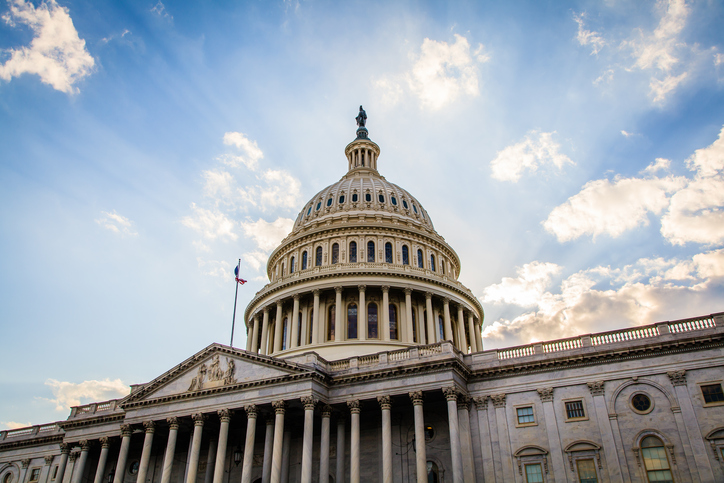
FY 2020 Fed Spending Bill: Some Good News and Some Shortfalls
Allocations included in the federal spending bill passed last week by Congress will strengthen public health and research efforts and will provide critical support for important goals. However, IDSA is concerned that the legislation in its final form also brings inadequate responses to current and urgent challenges with the potential for long-term and costly consequences.
The bill includes a $50 million increase for antimicrobial resistance research at the National Institute for Allergy and Infectious Diseases that will be essential to strengthening approaches to combating the continuing spread of infections that do not respond to current treatments. A $2 million increase for the CDC Antibiotic Resistance Solutions Initiative also is important, but a greater investment is needed to support CDC efforts to promote antibiotic stewardship, track resistant pathogens and prevent their spread.
In addition, the bill’s flat funding for the Advanced Molecular Detection program is concerning, as this program speeds our ability to identify resistance and emerging threats and understand how they move through communities. In turn, flat funding for the National Healthcare Safety Network limits CDC capacities to collect data on health care associated infections, antibiotic use, and resistance – data that is fundamental to our ability to monitor progress, evaluate the impact of interventions, and learn best practices to protect patient and public health.
With drug-resistant infections causing an estimated 2.8 million illnesses and 35,000 deaths in the U.S. each year, protecting the infection-fighting medicines we have, and ensuring the development of urgently needed new medicines, must be a significant priority. However, funding for the Biomedical Advanced Research and Development Authority is flat and falls far short of urgent need as our nation’s antibiotic pipeline faces the prospect of further diminishment. This is especially concerning in a year that saw the bankruptcy of one of the remaining small companies developing new infection-fighting drugs, and mass layoffs at two more.
Similarly, the bill recognizes the critical role that a strengthened global health infrastructure must play in our own public health and security while also neglecting vital initiatives. The bill includes:
- $1.56 billion for the Global Fund to Fight AIDS, TB and Malaria (↑ $210 million from FY 2019);
- $310 million for USAID’s global tuberculosis program ( ↑ $8 million);
- $770 million for President’s Malaria Initiative at USAID ( ↑ $15 million);
- $80.7 million for the Fogarty International Center ( ↑ $2.65 million);
- $570.8 million for the CDC Center for Global Health ( ↑ $75 million for Global Public Health Protection program but falls short of the $100 million needed to sustain CDC’s role in implementing the Global Health Security Agenda);
- Flat-funding for PEPFAR at a time when efforts to control HIV require accelerated resources;
- $5 million increase in CDC funding to address infectious diseases related to the opioid epidemic;
- $12 million in new funding to provide loan repayment to health care professionals who care for individuals with substance use disorders;
- Flat-funding for CDC’s Immunization Program to combat outbreaks of vaccine-preventable diseases and educate the public about the importance of vaccines;
- $362 million funding increase for the National Institute of Allergy and Infectious Diseases, including resources to support the next generation of ID physician-scientists.
IDSA will continue to urge Congress to provide meaningful and sustained funding for infectious disease and HIV priorities.

